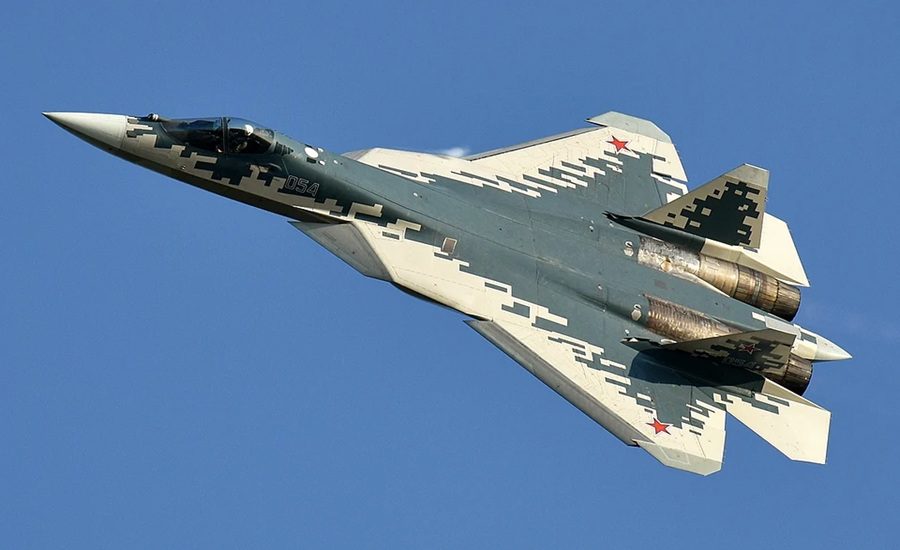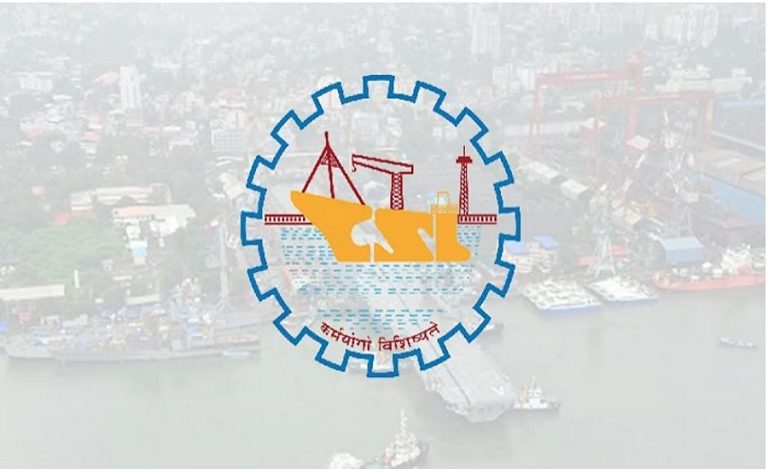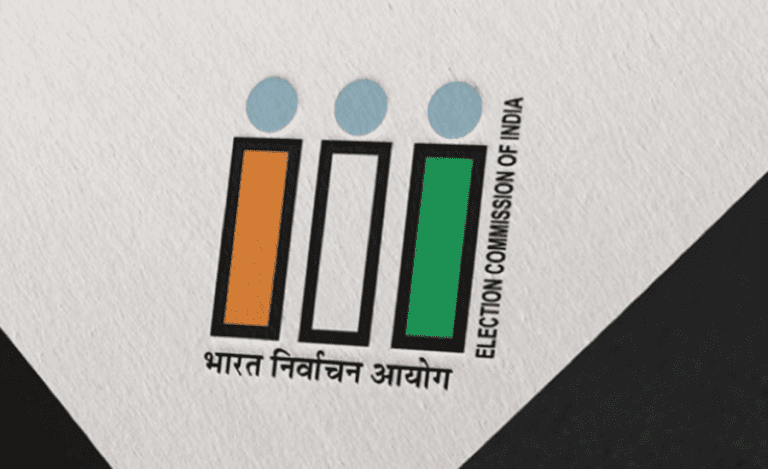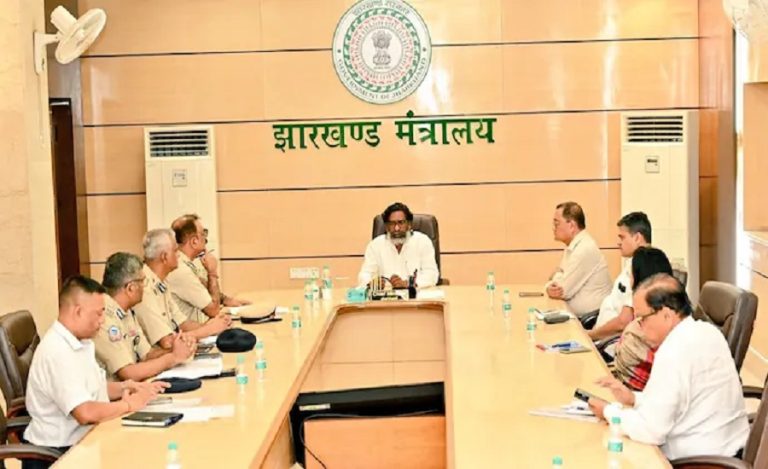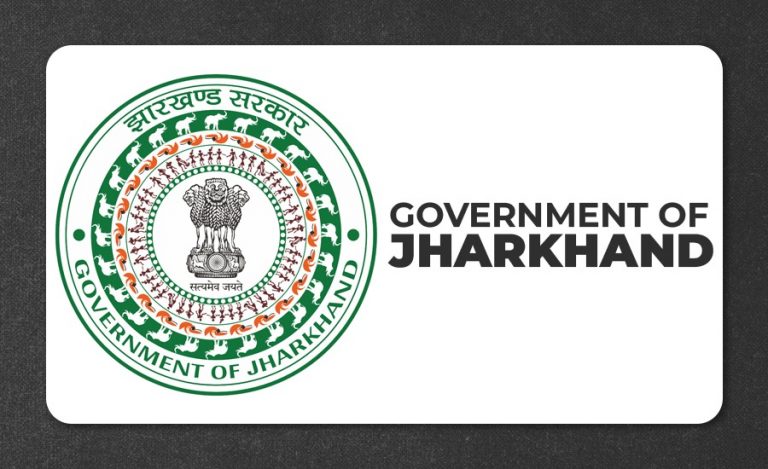New Delhi: Indian Air Force had issued an RFI for the procurement of 100 Advanced Self-Protection Jammer (ASPJ) pods for its Su-30MKI fighter fleet.
Importance of IAF ASPJ Pods Procurement
These jammer pods will feature cutting-edge electronic-warfare tech, including Digital Radio Frequency Memory (DRFM) and Gallium Nitride (GaN) based Active Electronically Scanned Array (AESA) transmitters.
The move aligns with India’s broader push for “Make in India” defence manufacturing, with domestic manufacturers like Bharat Electronics Limited (BEL) and Defence Avionics Research Establishment (DARE) in the lead.
This procurement is integral to the IAF’s Super Sukhoi upgrade programme, which is aimed at extending the operational life and combat relevance of the Su-30MKI fleet.
What Are ASPJ Pods
The ASPJ pods stand out by leveraging DRFM technology — instead of merely jamming enemy radar with noise, the system receives, processes, delays and re-transmits modified signals to confuse enemy sensors (e.g., creating false targets or misleading range/velocity gates).
It uses GaN-based AESA transmitters that means the higher power density, better thermal performance, faster beam steering and compact form factor — critical when multiple threat directions must be covered.
Read Also: India’s Defence Exports to Soar to ₹30,000 Crore — Rajnath Singh Unveils Vision 2026 at SIDM Meet
The pods provide 360° threat coverage around the aircraft, particularly crucial against radar guided missiles and modern air defence systems.
How This Fits Into the Super Sukhoi Upgrade
The Super Sukhoi upgrade aims to morph the Su-30MKI from a 4th-generation platform into a “4-plus” generation warplane.
Key features are as follows;
- Replacement of the legacy N011M Bars PESA radar with India-developed GaN-based AESA radar (codename Virupaksha) to improve detection range, tracking and resistance to jamming.
- Introduction of a fully digital “glass cockpit”, precision weapons, beyond-visual-range missiles, and a unified Electronic Warfare Suite (EWS) which will include the ASPJ pods.
- With the upgrade, the fleet’s service life is projected to extend by nearly twenty years — helping India’s largest fighter fleet remain relevant amid fast-evolving threats.
- These systems integrate with the Su-30MKI’s avionics: Radar Warning Receiver (RWR), Missile Approach Warning System, secure data-links and other EW sensors — making the aircraft far tougher to engage.
The IAF ASPJ Pods Procurement also underlines India’s emphasis on indigenous production and technology transfer, reducing dependence on foreign EW systems.
IAF ASPJ Pods Procurement: Strategic Implications for India & Region
The enhancement of Su-30MKI’s survivability ensures India can maintain air superiority in contested zones (e.g., along China and Pakistan borders) with improved mission-success odds.
The move signals to potential adversaries that India is ramping up its electronic-warfare posture — deterrence via capability enhancement.
Domestic manufacturing of such critical EW systems strengthens India’s self-reliance and opens doors to export potential in future.
Upgrading the backbone fighter fleet means cost-effective extension of operational life and delay of full fleet replacement — crucial given budgetary/time constraints for new jets.
What’s Next & Watch-Points
- How quickly the RFI will translate into an actual Request for Proposal (RFP) and contract award — timeline is key.
- Which Indian companies or consortiums will win the role of design/manufacture — likely involvement of BEL and DARE, maybe private players.
- Integration schedule → when will the ASPJ pods enter flight test and then induction on Su-30MKI in operational units?
Spill-over effect: Will this EW suite capability migrate to other platforms like the Tejas Mk‑1A, police the future AMCA, etc?
Export prospects: With India building this tech, could downstream sales to friendly nations emerge?
Strategic message: How adversaries respond — will it trigger parallel acquisitions by neighbours, or drive further missile/air-defence upgrades in the region?

